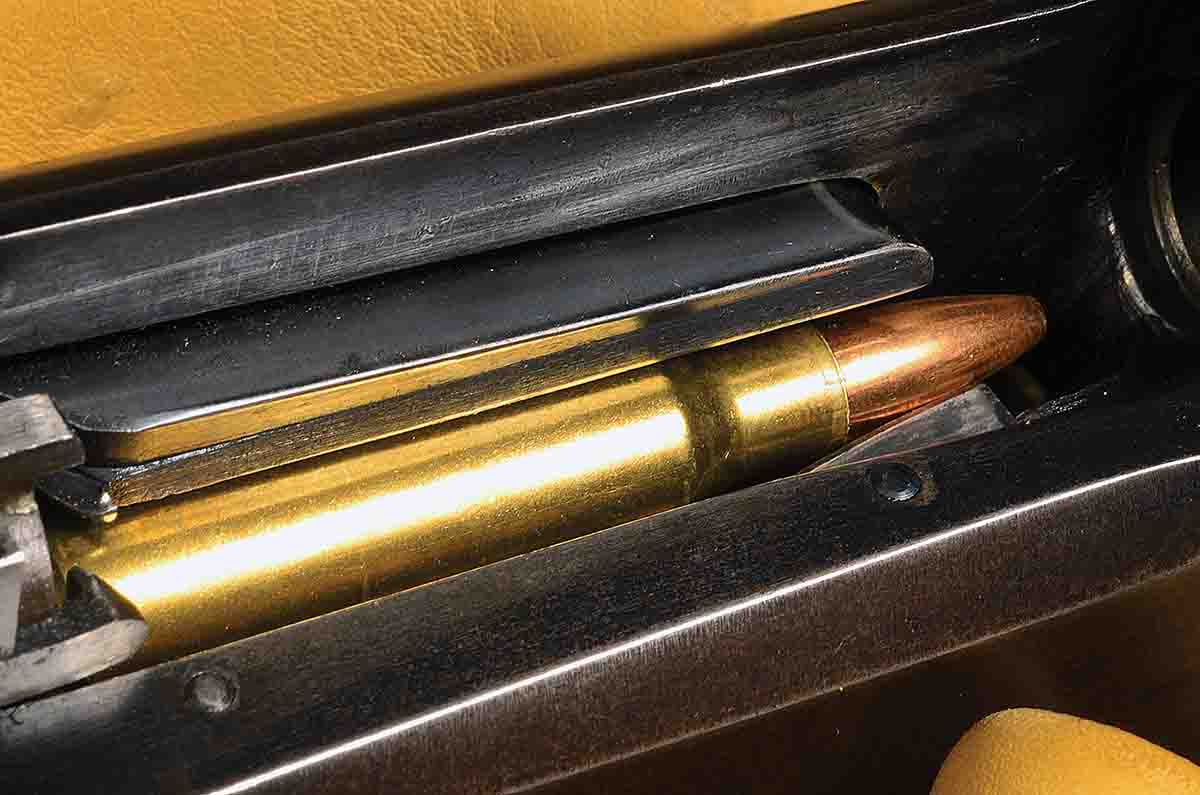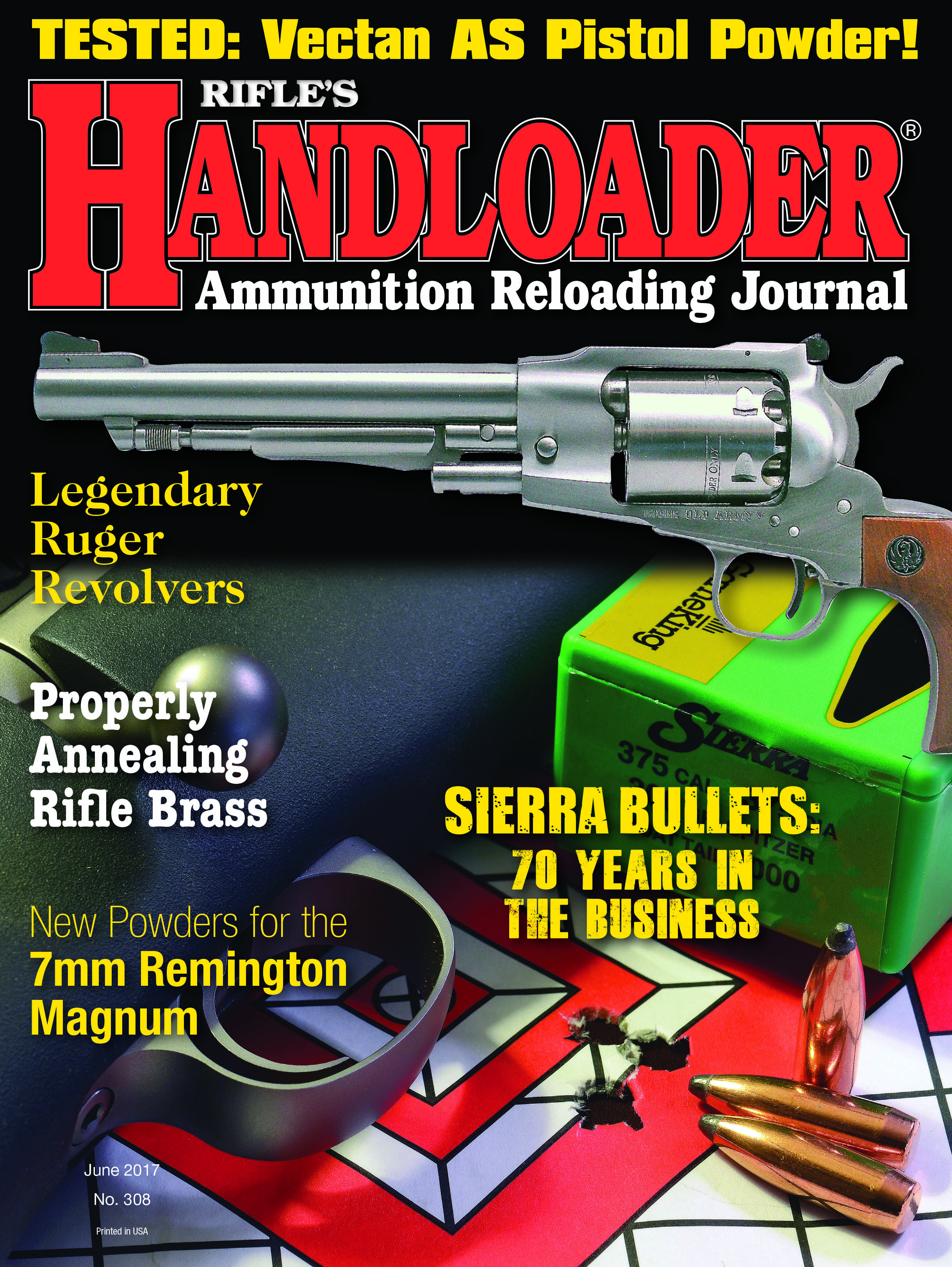In Range
Missteps In Cartridge Design
column By: Terry Wieland | June, 17

There is nothing particularly new about the Creedmoor’s cartridge design itself. It’s really good, but then, so were a number of other cartridges introduced since 1935 that, for reasons unrelated to their own basic value, fell flat. The .244 Remington is an example. Then there were others that did pretty well, but did so in spite of obstacles that were placed in their path, and really could have done much better, such as the .250-3000 (aka .250 Savage).
The gun business is an odd one in that manufacturers of different essential parts rely on each other utterly, yet there seems to be remarkably little collaboration, or even consultation. It’s as if the car business had one company building chassis, another building engines and a third producing different kinds of fuel, yet rarely trying to make sure the engines would fit the chassis and the fuel would work in the engine.
Most of us grew up with Remington and Winchester producing both rifles and ammunition, and it always seemed to be the natural order of things. Historically, however, it’s an anomaly. Rifle and ammunition companies are usually independent of each other. Anyway, the evidence seems to be that even when they were joined together, the ammunition side and the rifle side did not seem to confer very much.
To take the 6.5 Creedmoor as an example of how it should be done, there are a half-dozen factors that all have an impact on a cartridge’s performance: caliber, bullet weight, powder capacity, maximum overall cartridge length, barrel length and rifling twist. Hornady and Ruger studied every one of these and made their decisions accordingly.
Mismatch a couple of these, however, and an otherwise good cartridge can languish and die through no fault of its own. For example, the .244 Remington is a 6mm based on the 7x57mm case necked down. On paper, it should have outperformed the .243 Winchester (the .308 case necked down). Yet the .243 took off like a rocket while the .244 flopped. The blame has been placed on its rifling twist. Believing it was primarily a varmint cartridge, Remington gave it a slow twist that would not stabilize heavier bullets. Winchester guessed right, made the .243 a deer cartridge with varmint capabilities, and it swept the field. In the final analysis, the .244 Remington (later called the 6mm Remington) was undone because of its twist rate – and really nothing else.
The .250-3000 is a shining example of how not to do it, except for the fact that it was enormously successful at first and remained in production for almost a century in both rifles and ammunition. It was inherently so good it could hardly fail, but on the other hand, it could have been much better. Coming along at a time when designers and ballisticians were still learning about all the different interrelated factors and how they worked together, it would be grossly unfair to blame them for their missteps, no matter how educational.
The cartridge was designed by Charles Newton in 1914 to fit into the existing Savage Model 99 action. This limited its overall cartridge length. He shortened the .30-06 case to less than 2.0 inches, necked it down to .257 and gave it a shoulder that was steep for the time. Newton intended the cartridge to fire a 100-grain bullet at about 2,800 fps, which he believed was best for deer. The Savage company, however, was very attuned to marketing and saw the advantages of a cartridge that would deliver 3,000 fps. At that time, such a velocity had only been reached in commercial rifles by the British .280 Ross, and Ross had made much of it. To coax that velocity out of the .250, Savage reduced bullet weight to 87 grains, and since it was believed that too tight a rifling twist caused overstabilization and erratic accuracy, the company used a one-in-14-inch twist.
It was fortunate for Savage that very few chronographs existed in the country, especially since it chambered the cartridge in rifles with barrel lengths varying from 20 to 26 inches. Savage would make barrels that were even longer or shorter on special order. Exactly what velocity anyone was getting with the .250-3000 is open to speculation.
Still, the cartridge was a sensation, and many rifles were chambered for it other than the 99. These included the Winchester Model 54 (1925) and the later Model 70, Oberndorf Mausers on the “K” (kurz) action, FN Mausers and Savage’s own Models 20 and 40 bolt rifles. These had a variety of barrel lengths as well as longer actions and magazines, which allowed a greater overall cartridge length than the 99.
It gradually came to be accepted that Newton had been right, and a 100-grain bullet was preferable for big game. Some hunters even wanted to use 117-grain bullets. To stabilize a long, heavy bullet, a fast rifling twist is needed. If the twist is slower, you must compensate with higher velocity. Unfortunately, if a 100-grain bullet is seated deeply enough to fit the 99 action, it encroaches on powder capacity. It’s almost impossible to achieve the necessary velocity for the 1:14 twist to stabilize the bullet, and stabilizing a 117-grain bullet is out of the question.
When factory ammunition was loaded with 100-grain bullets, it proved to be not very accurate in most 99s, which was by far the most common rifle found in .250-3000, and the cartridge itself gained a reputation for inaccuracy. Various factors were blamed, but the real culprit was the slow twist. This was altered to 1:12 late in the life of the Savage 99, but it was too late.
Not all this applies to custom rifles, which could have longer barrels and magazines, tighter twists and appropriate chambers. Bullets could be heavier, seated farther out and moved along faster. In such rifles, the .250-3000 proved itself a big-game cartridge out of all proportion to its size.
This is all hindsight, and knowing what we now know, it’s easy to say what Savage should and should not have done. Remember, however, that in 1915 everyone involved was feeling their way, learning the characteristics of smokeless powders, jacketed bullets, barrel lengths and twist rates as they went along.
It’s intriguing to speculate what might happen if the .250-3000 was introduced today as a brand-new cartridge, fitted out with 22-inch barrels with 1:9 twists and magazines that would accommodate long cartridges. Given the current taste for cartridges like the 6.5 Creedmoor, which pack a lot of power into a diminutive case, and do so without nasty recoil or ear-splitting muzzle blast, I suspect it would do very well.


